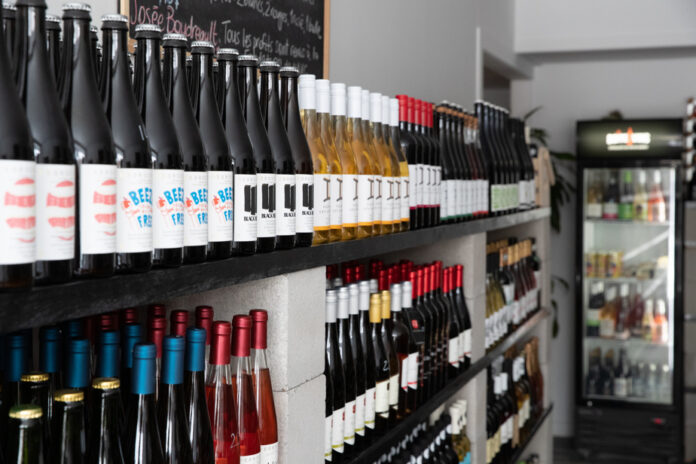In 2017, local winemakers produced 1.9 million bottles. This figure rose to 2.2 million in 2019, to finally reach 3.1 million in 2021 and 2022, according to the report drawn up by the Wine Council which will be presented this Thursday at the Ciders, wines and alcohols congress. by 2023 in Drummondville. Each year, the bottles produced find takers, the producers even struggling to meet the demand. However, in 2022, the winegrowers did not manage to surpass their production performance of the previous year.
Despite everything, Mr. Denault does not see this as an ominous sign. “We are far from stagnating,” he says. You also have to understand the whole context. We had a year with a little less harvest, “he says, recalling in the process that producers are always dependent on the weather. “There are also a lot of winegrowers who have uprooted vines to replant them. And that too, it seems. »
The coming years, however, will see a growth in production, argues Mr. Denault. “He planted many vines. From next year, there will be vines that will fall into production. So those numbers will go up. »
In addition, nearly 48% of winegrowers say they intend to expand their acreage in the next three years.
Quebec wine lovers turn first to the Société des alcools du Québec (SAQ) when they want to buy their bottles, the CVQ report also reveals. Thus, in 2022, 32% of sales were recorded in the branches of the state-owned company, compared to 31% in the grocery store, 28% in the vineyard and 8% in the restaurant.
In 2021, for the first time, the volume of local wine sales was greater in supermarkets, convenience stores and delicatessens than at the SAQ, with a sales volume of 35%. The state-owned stores had, for their part, generated 30% of sales.
According to Mr. Denault, over the next few years, sales volumes will continue to be split into three main sectors: at the SAQ, at the grocery store and at the vineyard.
Law 88, passed in 2016, allowed Quebec wine producers to sell directly to grocery stores and convenience stores, without having to go through the SAQ.
While there were just over twenty in 2000, holders of an artisanal wine production permit are more and more numerous. The CVQ now has 165.
“That too is exploding,” notes Mr. Denault. There are many winemakers. They are often very informed people, which is a good omen. »
“On the other hand, the economic context is not simple,” he acknowledges. It takes people who have a very good vision and a very good business plan because the costs have exploded, the cost of planting has almost doubled. »
Number of bottles produced: 3.1 million
Number of producers: 165
Number of hectares cultivated: 1000
Quebec vines represent 8% of Canadian vineyards.
Ontario: 53%
British Columbia: 33%
White wine: 45% of Quebec production
Red wine: 29%
Source: Quebec Wine Council





